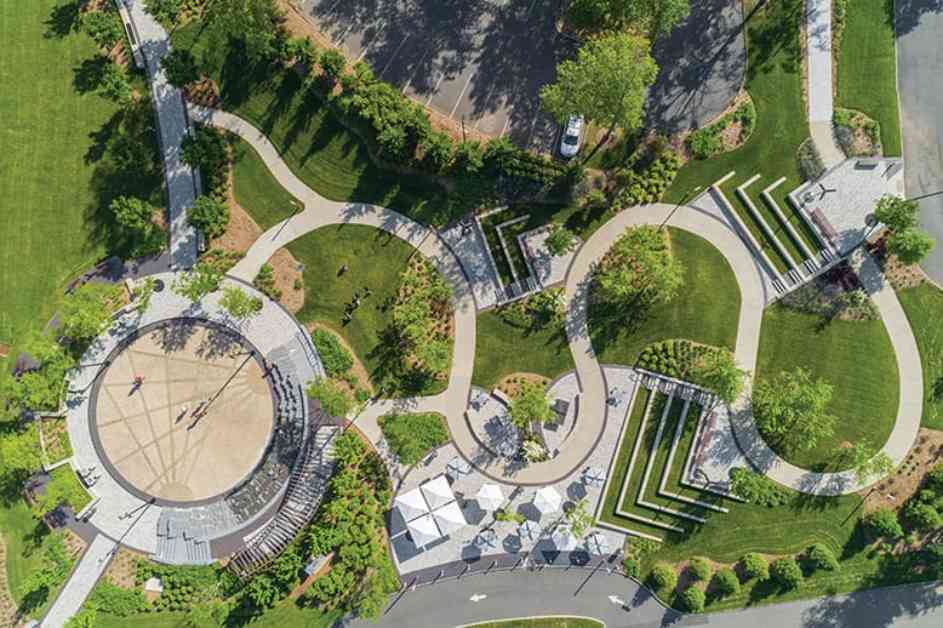Title: Transforming New Jersey’s Suburban Landscape: A Revitalized Vision
The sun sets on the era of suburban office parks in New Jersey, as corporate campuses once bustling with activity now stand deserted, awaiting transformation. Across towns like Parsippany, Franklin Lakes, Englewood Cliffs, and Roseland, the landscape is shifting. These once thriving hubs of commerce are giving way to new housing developments, warehouses, and open spaces, marking a significant transition in the suburban narrative.
Embracing Change: A Modern Perspective
In the heart of this transformation lies a tale of reinvention, where obsolete office spaces are reborn into vibrant mixed-use communities. Berkeley Heights, a town known for its 1980s office park, is undergoing a metamorphosis into a high-end development, complete with public spaces reminiscent of Manhattan’s famed High Line. Meanwhile, Mount Olive’s abandoned office building is making room for a new warehouse, breathing life back into the local economy.
A New Landscape Emerges: Expert Insights
James Hughes, a respected professor at Rutgers University specializing in planning, sheds light on this evolution. He draws parallels to the decline of factories when manufacturing shifted overseas, emphasizing the changing dynamics of knowledge-based work with the adoption of remote protocols. Hughes’ perspective provides a broader context for understanding the economic shifts reshaping New Jersey’s suburban fabric.
The Human Touch: Personal Stories
Linda Byrne, a former secretary who once worked at the Honeywell headquarters, shares her journey from employee to resident in the newly developed townhouses on the same site. Her nostalgic walks around the neighborhood, reminiscing about sunny lunches by a pond, add a personal touch to the larger narrative of redevelopment. Linda’s story humanizes the impact of these changes on individuals and communities.
Navigating Challenges: Local Perspectives
As town officials and residents navigate the complexities of redevelopment, tensions arise over preserving the essence of their towns amidst rapid transformations. Exxon Mobil’s plans to rezone its research campus for warehouses face local opposition, highlighting the delicate balance between progress and preservation. Park Ridge’s resistance to housing developments at former corporate sites underscores the challenges of community acceptance.
Looking Ahead: A Vision for Tomorrow
As New Jersey reimagines its suburban landscape, the focus shifts to the future. From repurposing old corporate buildings into housing to converting vacant spaces into warehouses, the possibilities are endless. Developers and town officials collaborate to shape a new chapter in New Jersey’s history, blending modern amenities with sustainable practices to create thriving communities.
In Conclusion
The winds of change sweep through New Jersey, heralding a new chapter in its suburban story. From the quiet halls of abandoned office parks to the bustling streets of revitalized communities, the state’s landscape is evolving. As we embrace this transformation, we honor the past while embracing the future, united in our collective vision for a vibrant, sustainable tomorrow.

